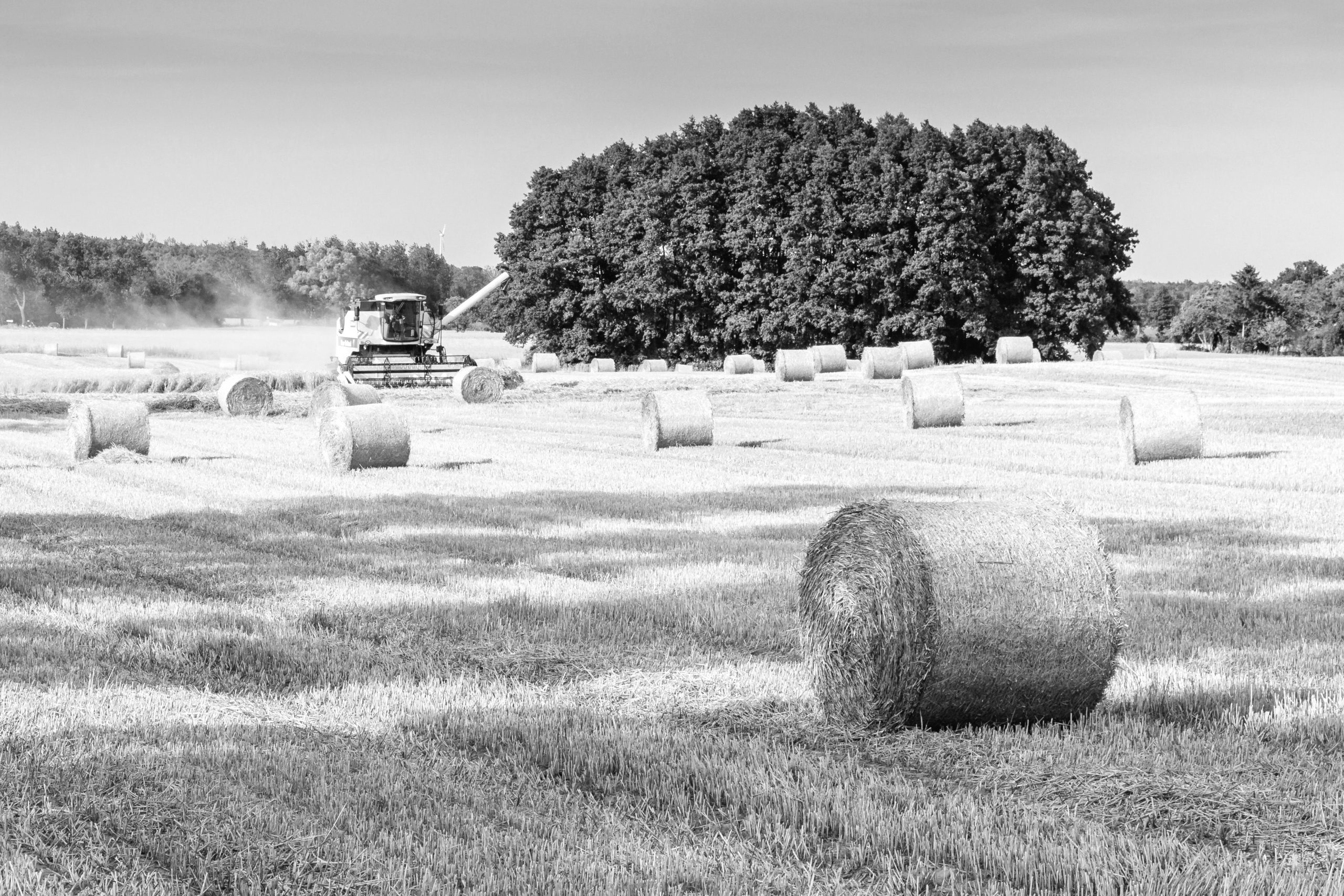The construction of the World’s largest vertical farm, in Dubai, was recently announced. Effectively a high tech, multi-storied urban greenhouse, once built it will produce 2.5 tonnes of leafy greens a day, use no soil, and only 1% of the water and chemicals required if the crops were grown conventionally. It will use photovoltaics to power ultra-violet light which will hasten photosynthesis rates in the growing plants. At 130,000 square feet it is nearly double the size of the Aero Farm venture in Newark, New Jersey, the previous holder of the title, and four times larger than the biggest one in Europe, situated in a town called Dronten just south of Amsterdam. Using existing technology, the crop husbandry and its environment can be precisely controlled by remote sensors and controls. Even the flavours can be altered at the press of a button. There are many advantages of producing food in this way which ultimately answer the intensifying problem equation of feeding a growing population from environments of declining quality.
Vertical farms may still be a bit futuristic, but intensified food production integrated with energy and waste management is occurring at an ever increasing scale. During a guided tour of the sugar beet factory at Kings Lynn in Norfolk we were shown how waste heat and carbon dioxide were piped to a greenhouse to sustainably grow tomatoes. The 140 million tomatoes grown annually there have now been replaced by cannabis, to produce an ingredient for Epidolex, a new medicine used to treat epilepsy. As we left the factory, on a breezy November evening, the calls of pink-footed geese could be heard as they came from feeding on the wetlands of the Wash, a mile or so away, to feed on potatoes growing on the arable landscape of the Fen.
The late Professor Nix, when lecturing to us at Wye College in the eighties, was fond of stating that 20% of farms produced 80% of the food (He would also argue that the most economic crop “rotation” was wheat, wheat and wheat… but that’s another story). Globally this figure may have become even more accentuated and if fully exploited will hold the key to releasing much larger areas of land for nature. The call of the wild geese at the sugar beet factory is a graphic illustration of wildlife desperately seeking spaces for itself and if technology can be rolled out faster to replace conventional arable farming then land can be more expansively released to their benefit.
As occupying vast areas must not be the future of agriculture, the converse is true for future environmental conservation. This cause is beautifully expounded by Professor E.O.Wilson in his book Half Earth, in which he argues that unless more than half of the world’s surface is returned to natural habitats and not exploited, then the 6th Extinction in which we already find ourselves can only accelerate. In this pre-apocalyptic vision this great Professor suggests that the extended natural environment could still yield quite sizeable harvests of naturally grazed red meat. For our farm on the Pevensey Levels on the coast of East Sussex, where productivity is still mainly dependent on the collie and associated stick, this is the intellectual rationale behind an interesting and productive future, for, like most farmers, we are in Nix’s residual 80%.
The Aero Farm vertical venture in New Jersey uses an abandoned steel mill to produce 2 tons of lettuce a day, with some comparative studies suggesting that yield could be as much as 20 times greater than conventional indoor hydroponics per unit area. Critics point out that the enterprise was highly subsidised, not for food related reasons but for urban regeneration and industrial change. Also, for the future of wildlife on our farm, and for those pink-footed geese, it looks a worthy use of public money.







